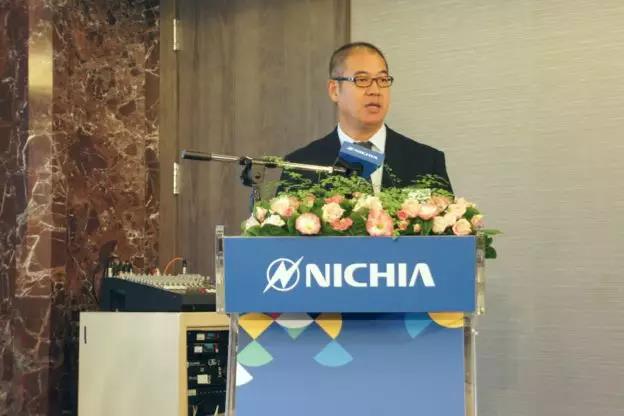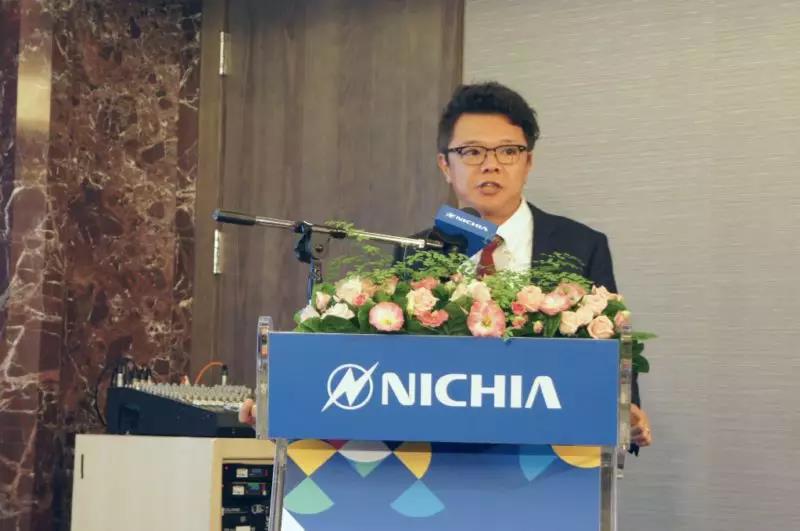The LED industry has long faced the problem of imbalance between supply and demand in the market and price competition. In recent years, it has been transforming into a niche market with high technology threshold. Nichia, a large LED manufacturer, has invested a lot of resources in developing high-end technology products for many years, and has also worked hard to overcome the problems of Micro LED and Mini LED technology, and is moving toward mass production.
Can it be "mass production" is the key point
Nichia has invested in the development of Micro LED related technology more than ten years ago. It is necessary to reduce the size of the LED to be smaller than sand, and to ensure that it can emit light. In fact, the difficulty is quite high. “Micro LED is actually a revolutionary technology.†Dai Zhenjia, general manager of Nichia Chemicals in Taiwan, takes semiconductor nanotechnology as an example. It shows that the micro LED size is reduced like the nano process, which means neither can In the short term, you can see a few.

Image source: Technology News
Of course, Micro LED is not able to make it. "To be able to mass production is the key point. It is meaningless to make a sample. Anyone can do it." Dai Zhenjia stressed that the key is to be able to mass production, not energy production. There is no market.
The technical director of the second division of Nichia Chemical Co., Ltd. pointed out that Micro LED is still in the development stage. Although it is already possible to make experimental products, it still needs to continue to work hard to achieve industrial product level, and will continue to carry out technology research and development. It may take another four years to be able to do the mass production phase.
Mini LED is ready for mass production
As for the progress of the Mini LED, Sakamoto said that the technology development has been completed, and now it is ready to enter the mass production stage, but it is impossible to disclose whether it will be mass-produced this year. After all, mass production also has technical, equipment, stability and other issues to be overcome.
At present, Nichia has signed specific contract cooperation with specific customers. In order to let customers take the lead in launching Mini LED products around the world, it is inconvenient to disclose any details at this stage. It only indicates that the Mini LED developed by Nichia is limited in size. The “true Mini LED†that can reach 100μm will also go to the consumer electronics market in the future.

å‚æœ¬è€ƒå² indicates that Mini LED has completed technical development and preparation for mass production. Source: Technology News
Nichia has not been able to disclose more details at present, but mentioned that the cooperative customers have visited the market for evaluation, and finally chose to transform Japan into a partner, emphasizing that their products are absolutely good enough and guaranteed.
Strive for high-end technology products to drive revenue growth
In addition to Micro LED and Mini LED, Nichia is also actively developing laser diode (LD), lithium ion battery materials for EV, white light LED "Optisolis" for automotive and special lighting, and "NTSV" for LCD backlight products (Nichia Thin Side View). ) High-order technology products.
Nichia is particularly optimistic about LD as a key kinetic energy for revenue growth. It has announced that it will build a new plant in the current four-nation Annan headquarters factory plant by 2020, and produce LD for projector light source, endoscope and car headlights. The investment in the new plant is about 22 billion yen. It is expected to be completed on January 30, 2019. The target is to increase LD production by more than two times in 2020.
In addition, Nichia has jointly funded the establishment of a new company, “Guangxin Vision Technologyâ€, in the South China region, mainly to provide vertically integrated solutions to meet the diverse needs of customers and design LED products, and to provide communication channels for customers. Help solve difficult problems. The core business includes print assembly, optical lens development and design, IC design and other related module integration. Nichia hopes to accelerate the pace of design and development through the establishment of the optical core, research and development of the industry's most advanced products, increase profitability and maintain market competitive advantage.

The RIMA LFP series lithium battery is made of LiFePO4 cells, the battery has been designed and developed to provide a lighter, higher power and longer life solution to lead acid batteries. LiFePO4 batteries last longer and can produce 10 times the number of cycles than a typical lead acid battery. At only 40% of the weight of the equivalent lead acid battery, our LiFePO4 range is ideal for those applications that need to be lighter and more mobile but deliver the same power.
OREMA POWER CO., LTD. , https://www.oremabattery.com
![<?echo $_SERVER['SERVER_NAME'];?>](/template/twentyseventeen/skin/images/header.jpg)